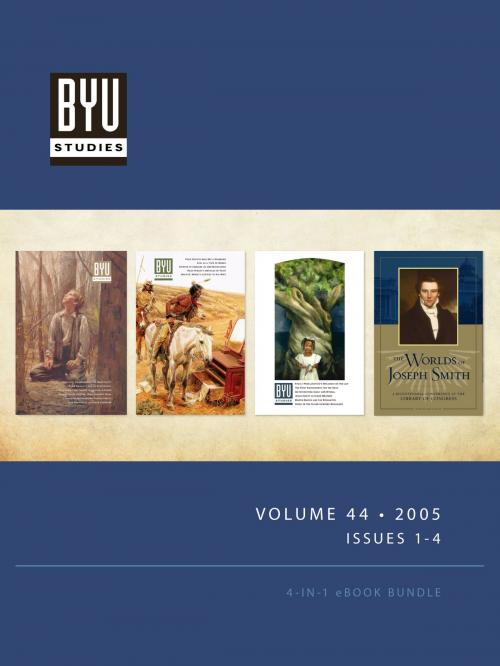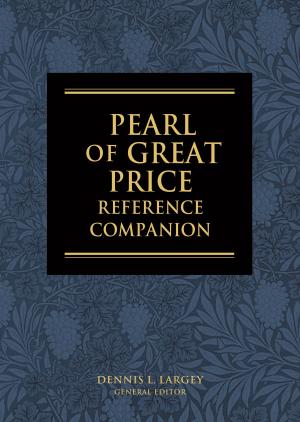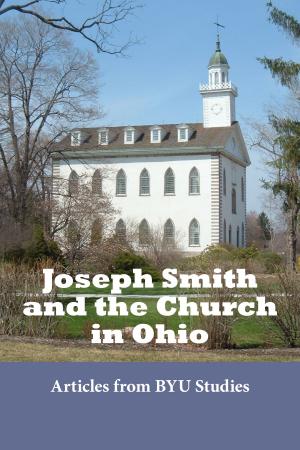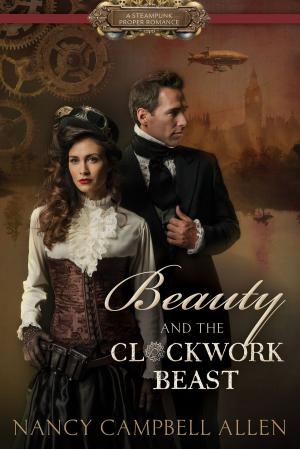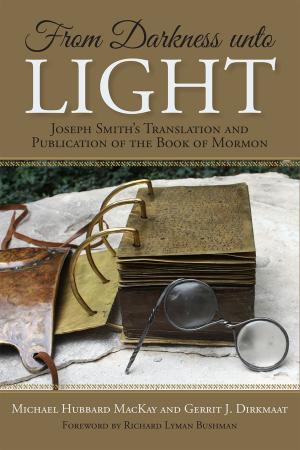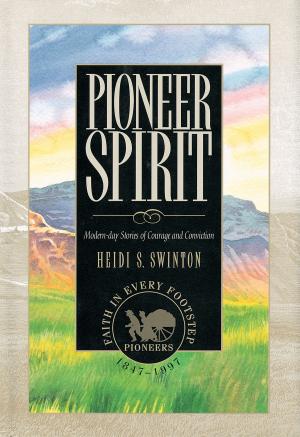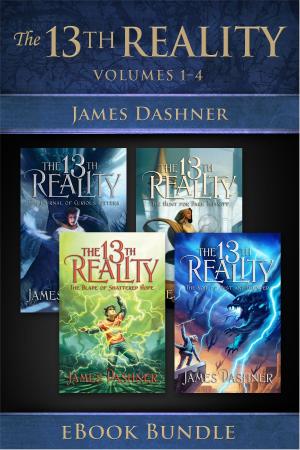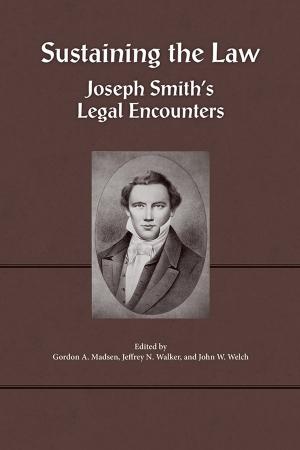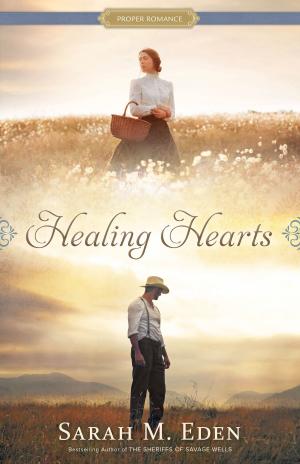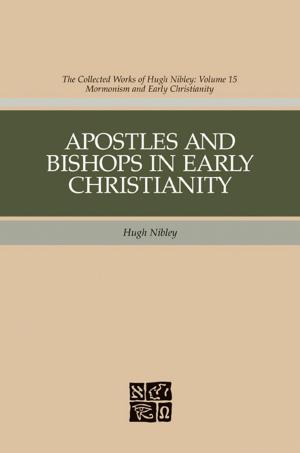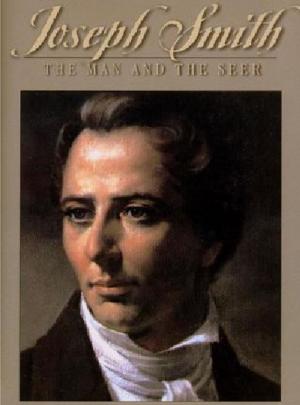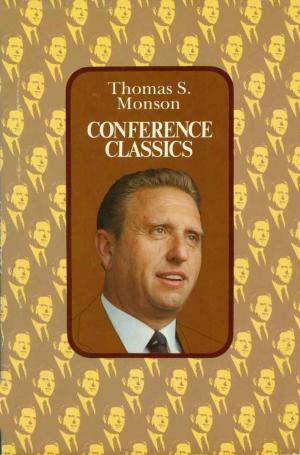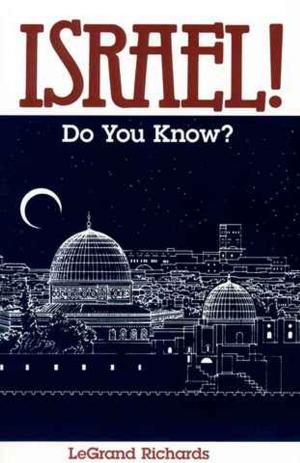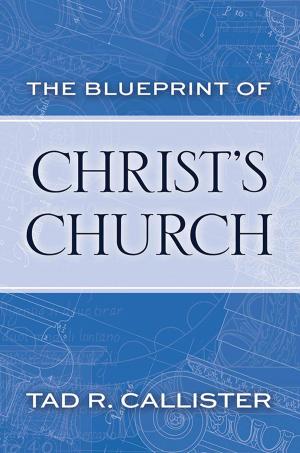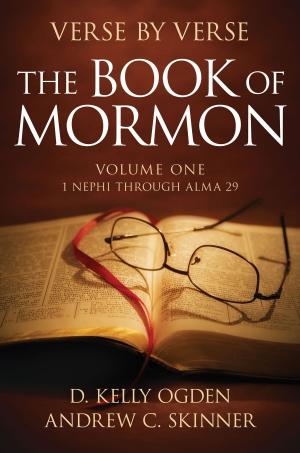| Author: | BYU Studies | ISBN: | 9781942161172 |
| Publisher: | Deseret Book Company | Publication: | October 1, 2015 |
| Imprint: | Deseret Book | Language: | English |
| Author: | BYU Studies |
| ISBN: | 9781942161172 |
| Publisher: | Deseret Book Company |
| Publication: | October 1, 2015 |
| Imprint: | Deseret Book |
| Language: | English |
Volume 44 number 1
In issue 44.1, Peter Sorensen writes about the concept of hospitality, and by reviewing ancient texts, cultures, and customs, he illuminates how and why to practice this lost commandment. David Grua explores Ohio v. Doctor Philastus Hurlbut, the only court case wherein Joseph Smith was on the side of the prosecution. Charles Cohen discusses Fawn Brodie's use of psychology in her writings about Joseph Smith. Two articles address the subject of Zion; J. Spencer Fluhman compares early Shaker and Mormon concepts of a sanctified community, and Craig Galli analyzes the 1833 City of Zion Plat and how it can apply to modern concepts of urban planning. Peter Vousden's essay takes us to a corner of London where great religious figures and the first Mormon missionaries intersect.
Volume 44 number 2
Robert Barrett and Susan Easton Black's article on Arnold Friberg, Harry Anderson, Tom Lovell, and Ken Riley, who created art for the LDS Church in the 1950s and '60s will help you appreciate art you probably see frequently but may have taken for granted. Barrett, himself a prominent LDS artist, tells why such art is important, and Black, a masterful storyteller, tells the stories behind the four artists who created it.
An article by Noel B. Reynolds discusses how Lehi and Nephi saw parallels between their experiences and that of Moses and used that similarity to try to convince their people that their work was divinely ordained. A short study on the Hebrew phrase Behold I adds yet more evidence of Joseph Smith's divine inspiration of the Pearl of Great Price. David O. McKay is the focus of Mary Jane Woodger's article about how he expressed his love to his wife, Emma Ray, through his letters. A tribute to Hugh Nibley, delivered at his funeral on March 5, 2005, shows how the themes of Nibley's work fit nicely with the Articles of Faith. Church history buffs will appreciate a study of how cholera affected the Mormon pioneers, written by Pat Rushton, a BYU professor of nursing. It is interesting to learn just how devastating this one disease was for travelers in that time period.
Two short pieces are about the Church from a Japanese perspective: One is by a sister closely involved in the development of the Relief Society in Japan, and the other connects Elijah's mission to a traditional Japanese day of remembrance.
Volume 44 number 3
The cover of this issue of BYU Studies is a painting created for a competition hosted by the World Family Policy Center, located at BYU. The painting conveys the importance of each member of a family. This cover illustrates the message of the first article, The Principles of the Proclamation: Ten Years of Hope, by Richard G. Wilkins. Professor Wilkins explains how he used the Proclamation on the Family to guide his efforts in international agencies to preserve the rights of families.
The article 'Line upon Line, Precept upon Precept': Reflections on the 1877 Commencement of the Performance of Endowments and Sealings for the Dead by Richard E. Bennett, is the first thorough treatment of the institution of that practice. Robin Scott Jensen's article relates the story of Martin Harris's short mission to England for James Strang's faction of the church. Although Harris served as a leader in Strang's group, Harris failed to convince the English members to join with Strang and could only bear his strong testimony of Joseph Smith and the Book of Mormon. In their penchant for historical photographs that tell a story, Richard Neitzel Holzapfel and Robert F. Schwartz publish George Edward Anderson's photographs of the dedication of the Oliver Cowdery monument in Richmond, Missouri. Junius F. Wells worked for months doing the background work to have the monument erected and appropriately dedicated by Elder Heber J. Grant. Englishman Peter J. Vousden shares the story of how the Church used the Great Exhibition of 1851 to build up the branches in London. The story continues to the present, as today's Hyde Park meetinghouse has a connection to that international exhibition.
Volume 44 number 4
Published in this issue are the papers presented at the international academic conference held at the Library of Congress in Washington, D.C., in recognition of the bicentennial of Joseph Smith's birth. These remarkable articles aim to elucidate Joseph's life and mission by positioning him—to the degree possible—within the larger framework of American spirituality and world religions.
Presenters included Latter-day Saint and other Christian scholars from Brigham Young University, Columbia University, Fuller Theological Seminary, Pepperdine University, Roanoke College, the University of Richmond in Virginia, the University of Illinois at Chicago, Indiana University-Purdue University at Indianapolis, and the University of Durham in England.
Even those who do not accept Joseph Smith as a modern prophet can still see him as a sincerely inspired man, a very effective religious leader who sought to correct what he believed to be the flaws and errors of current Christianity—much as John Hus, Martin Luther, John Calvin, John Wesley, or Roger Williams sought to do. —Robert L. Millet
Volume 44 number 1
In issue 44.1, Peter Sorensen writes about the concept of hospitality, and by reviewing ancient texts, cultures, and customs, he illuminates how and why to practice this lost commandment. David Grua explores Ohio v. Doctor Philastus Hurlbut, the only court case wherein Joseph Smith was on the side of the prosecution. Charles Cohen discusses Fawn Brodie's use of psychology in her writings about Joseph Smith. Two articles address the subject of Zion; J. Spencer Fluhman compares early Shaker and Mormon concepts of a sanctified community, and Craig Galli analyzes the 1833 City of Zion Plat and how it can apply to modern concepts of urban planning. Peter Vousden's essay takes us to a corner of London where great religious figures and the first Mormon missionaries intersect.
Volume 44 number 2
Robert Barrett and Susan Easton Black's article on Arnold Friberg, Harry Anderson, Tom Lovell, and Ken Riley, who created art for the LDS Church in the 1950s and '60s will help you appreciate art you probably see frequently but may have taken for granted. Barrett, himself a prominent LDS artist, tells why such art is important, and Black, a masterful storyteller, tells the stories behind the four artists who created it.
An article by Noel B. Reynolds discusses how Lehi and Nephi saw parallels between their experiences and that of Moses and used that similarity to try to convince their people that their work was divinely ordained. A short study on the Hebrew phrase Behold I adds yet more evidence of Joseph Smith's divine inspiration of the Pearl of Great Price. David O. McKay is the focus of Mary Jane Woodger's article about how he expressed his love to his wife, Emma Ray, through his letters. A tribute to Hugh Nibley, delivered at his funeral on March 5, 2005, shows how the themes of Nibley's work fit nicely with the Articles of Faith. Church history buffs will appreciate a study of how cholera affected the Mormon pioneers, written by Pat Rushton, a BYU professor of nursing. It is interesting to learn just how devastating this one disease was for travelers in that time period.
Two short pieces are about the Church from a Japanese perspective: One is by a sister closely involved in the development of the Relief Society in Japan, and the other connects Elijah's mission to a traditional Japanese day of remembrance.
Volume 44 number 3
The cover of this issue of BYU Studies is a painting created for a competition hosted by the World Family Policy Center, located at BYU. The painting conveys the importance of each member of a family. This cover illustrates the message of the first article, The Principles of the Proclamation: Ten Years of Hope, by Richard G. Wilkins. Professor Wilkins explains how he used the Proclamation on the Family to guide his efforts in international agencies to preserve the rights of families.
The article 'Line upon Line, Precept upon Precept': Reflections on the 1877 Commencement of the Performance of Endowments and Sealings for the Dead by Richard E. Bennett, is the first thorough treatment of the institution of that practice. Robin Scott Jensen's article relates the story of Martin Harris's short mission to England for James Strang's faction of the church. Although Harris served as a leader in Strang's group, Harris failed to convince the English members to join with Strang and could only bear his strong testimony of Joseph Smith and the Book of Mormon. In their penchant for historical photographs that tell a story, Richard Neitzel Holzapfel and Robert F. Schwartz publish George Edward Anderson's photographs of the dedication of the Oliver Cowdery monument in Richmond, Missouri. Junius F. Wells worked for months doing the background work to have the monument erected and appropriately dedicated by Elder Heber J. Grant. Englishman Peter J. Vousden shares the story of how the Church used the Great Exhibition of 1851 to build up the branches in London. The story continues to the present, as today's Hyde Park meetinghouse has a connection to that international exhibition.
Volume 44 number 4
Published in this issue are the papers presented at the international academic conference held at the Library of Congress in Washington, D.C., in recognition of the bicentennial of Joseph Smith's birth. These remarkable articles aim to elucidate Joseph's life and mission by positioning him—to the degree possible—within the larger framework of American spirituality and world religions.
Presenters included Latter-day Saint and other Christian scholars from Brigham Young University, Columbia University, Fuller Theological Seminary, Pepperdine University, Roanoke College, the University of Richmond in Virginia, the University of Illinois at Chicago, Indiana University-Purdue University at Indianapolis, and the University of Durham in England.
Even those who do not accept Joseph Smith as a modern prophet can still see him as a sincerely inspired man, a very effective religious leader who sought to correct what he believed to be the flaws and errors of current Christianity—much as John Hus, Martin Luther, John Calvin, John Wesley, or Roger Williams sought to do. —Robert L. Millet
